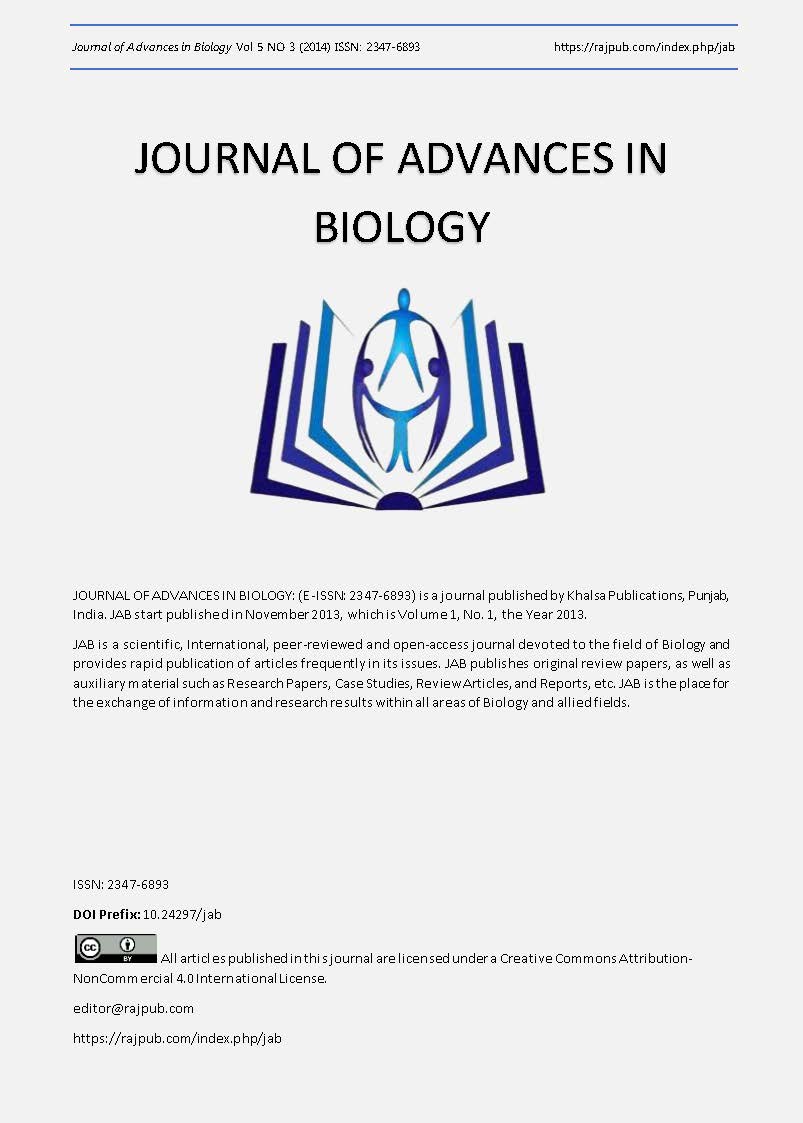Molecular typing of Malassezia furfur and Malassezia globosa isolated from Tinea versicolor patients, based on Total protein extract and DNA finger print profiles.
DOI:
https://doi.org/10.24297/jab.v5i3.5459Keywords:
Tinea versicolor, Malassezia furfur, Malassezia globosa, RAPD PCRAbstract
The cellular proteins of the 40 studied isolates of Malassezia furfur were electrophoretically analyzed on SDS-PAGE. Analysis of the total cellular proteins from M. furfur isolates are grouped into two wide molecular weight range (11 - 112 kDa) . It is very interesting to notice that the band with molecular weight of 56 kDa may be specific to the type of tinea versicolor. The cluster analysis based on cellular proteins data of M. globosa separated the seven isolates into 2 groups according to the band with molecular weight 56 kDa, which is present in 6 cases (hyperpigmented) and absent in case ( hypopigmented ) lesions. The polymorphism observed from RAPD markers revealed a high degree of genetic diversity in M. furfur and M. globosa isolates collected from different patients having tinea versicolor infection. Only primer E (5'-TGCCGAGCTG-3') generated a RAPD PCR banding pattern which allowed the identification of 6 different amplification groups within M. furfur and M. globosa that could be used as diagnostic tool for different isolates of Malassezia..
Downloads
Downloads
Published
How to Cite
Issue
Section
License
 All articles published in Journal of Advances in Linguistics are licensed under a Creative Commons Attribution 4.0 International License.
All articles published in Journal of Advances in Linguistics are licensed under a Creative Commons Attribution 4.0 International License.




